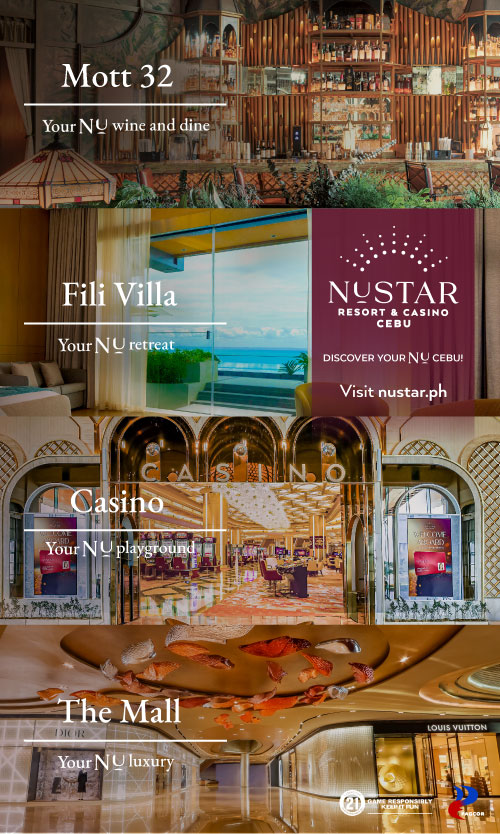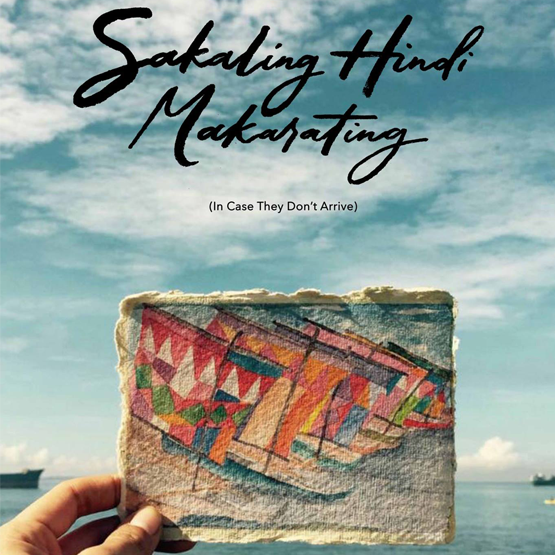QuickFx
Walking on Eggshells: Danny Rayos del Sol, the Philippines’ Lone Ostrich Eggshell Artist
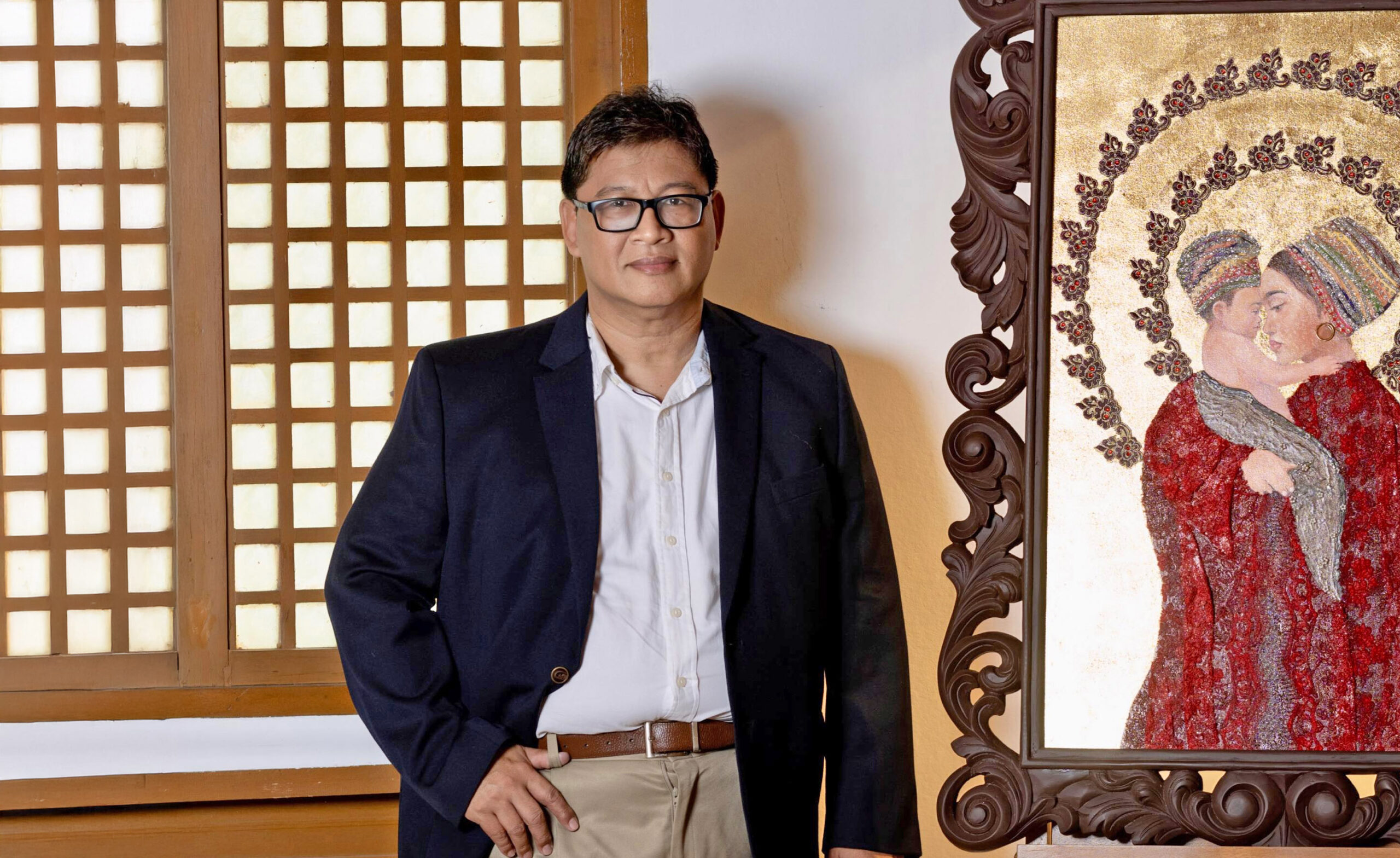
by Jing Ramos
Danny Rayos del Sol’s extensive background in the country’s artistic milieu has played a crucial role in fostering a highly spirited community that thrives on collaboration and creativity. He is quite known as the former head of the National Committee for Art Galleries under the National Commission for Culture and Arts. He also curates for ManilArt, the National Art Fair, and the Annual Sculpture Review. As a cultural worker, he has been a mentor for various artists as well as spearheading the establishment of the Luzon, Visayas, and Mindanao Art Fairs.

“Mag-Ina” | Medium: Ostrich Egg Shell | Size: 6.5″
Consequently, Danny Rayos del Sol found himself immersed in the actual creative process of his own artwork. His medium is perhaps one of the most unusual in the current sculpture art style. Ostrich eggshells are known for their thickness and strength, making it possible for the artist to work on the material with detailed geometric patterns in the utmost delicacy. The size of the ostrich egg, which can be up to 15 centimeters in diameter, allows the artist to create texture incisions in various depths with some designs cut directly on the eggshell.
This year, Visayas Art Fair 5 honors the artist’s achievement by showcasing his current works that define the nation’s cultural landscape. The artist’s body of work portrays images and patterns suggesting norms and derivatives concurrent to folk and contemporary iconography. His narratives on peace, freedom and spirituality has shaped his aesthetics that is uniquely Filipino and elevated it into fine art.
QuickFx
In Black and White: Photographer Richard Avedon Captures the Cultural Zeitgeist of His Era
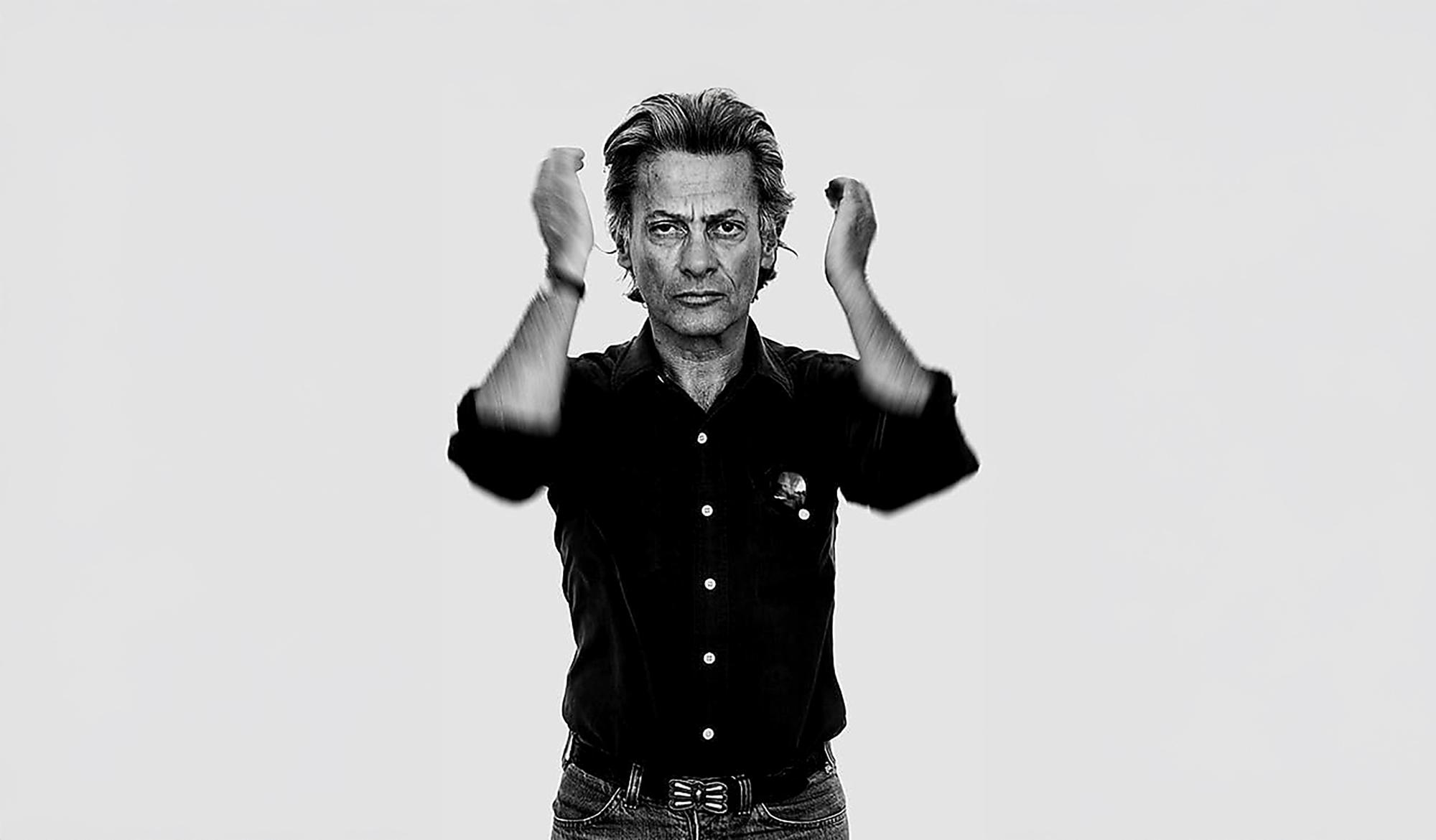
by Jing Ramos
Richard Avedon had photographed every single important personality in the cultural landscape of the last century. Long known for his images of stylish and urbane women decked out in Balenciaga or Dior, under Vogue editor-in-chief Diana Vreeland’s mentorship, he made his mark with the iconic photograph of Dovima with the elephants, evening dress by Christian Dior, Cirque d’Hiver in Paris, 1955.
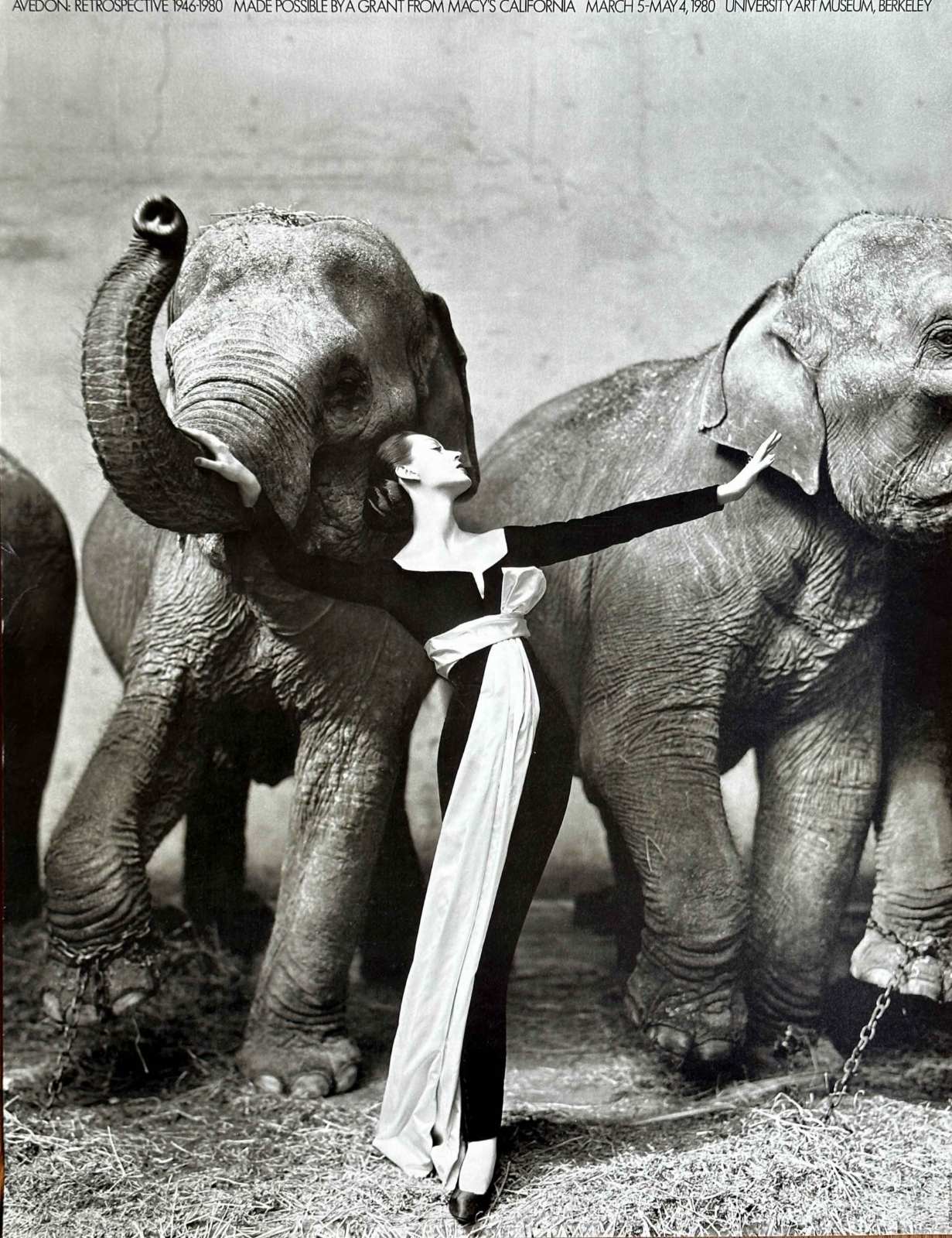
Dovima with elephants, Cirque d’Hiver Paris, 1955
And yet, in spite of Richard Avedon’s mammoth commercial success, he pined for loftier ideals. The photographer craved gravitas—portraits that remained pure and unvarnished and had a universal appeal. Always in black and white and photographed against a white background, Avedon’s portraits were often viewed as clinical, stone-cold, and sometimes unflattering. Think of the ones he did of artist Louise Nevelson and writer Isak Dinesen.
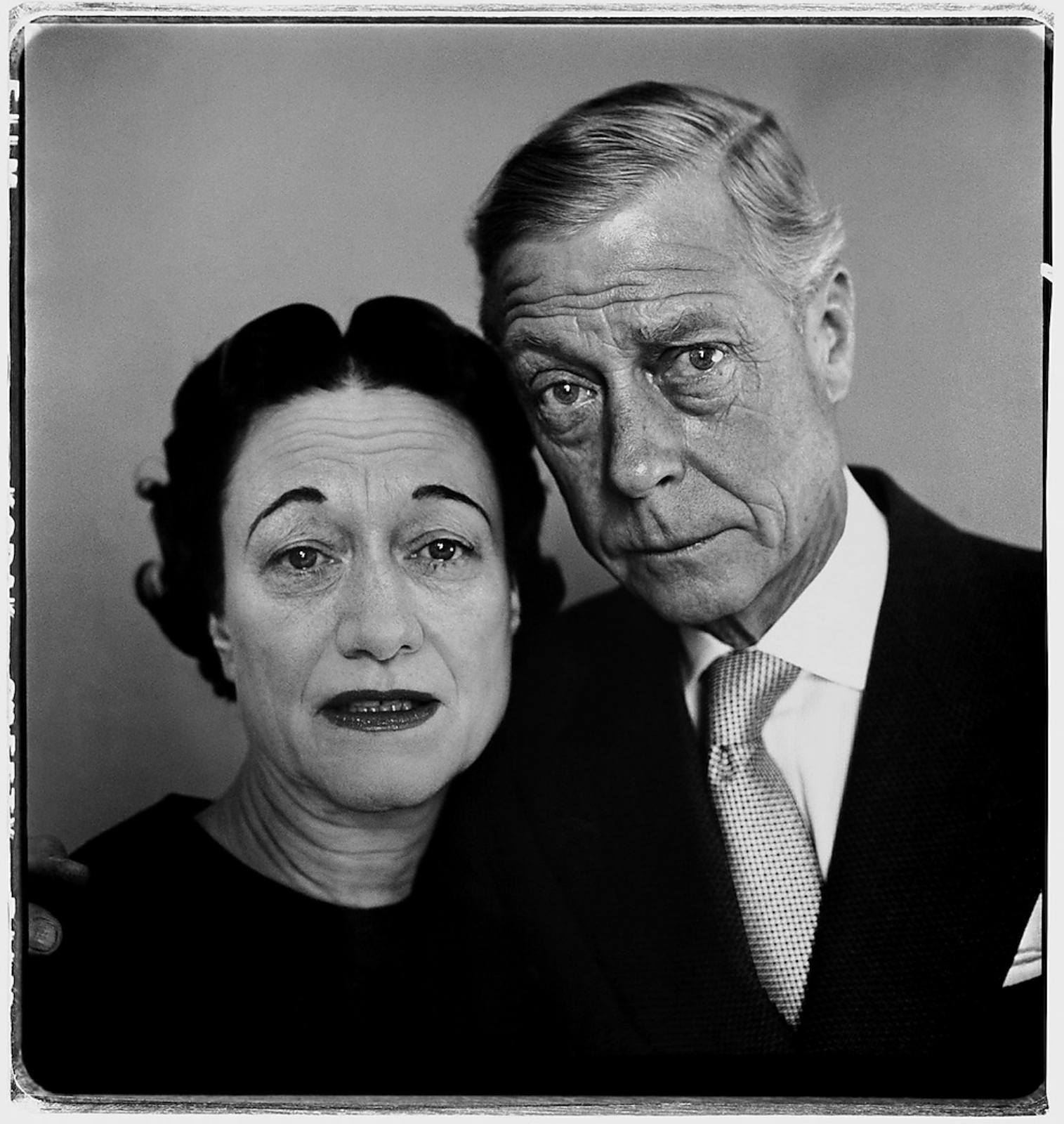
Duke and Duchess of Windsor New York, 1957
Other than their historical significance, the Duke and Duchess of Windsor were trailblazers in the cult of celebrity. The couple left the UK following Edward VIII’s abdication from the throne of England in order to marry the American divorcée, Wallis Simpson. The scandal shook the world while cultural depictions of the two most pursued celebrities behind the camera lenses continued to spur interest and influence.
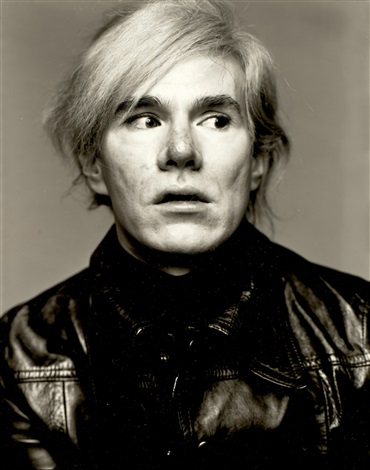
Andy Warhol, New York, 1968
Andy Warhol was likened to the “enfant terrible” of the international art scene. A pivotal pop artist famous for his silk-screened portraits of celebrities and pop figures ranging from Chairman Mao to actress Marilyn Monroe, Warhol drew imagery from advertising, mass media, and celebrity culture, and was regarded as the most important artist of the second half of the 20th century.

Countess Jacqueline des Ribes, 1955
Jacqueline de Ribes did not make her signature cultural identity until she became actively involved as manager of the International Ballet of the Marquis de Cuevas, following the death of its founder, George de Cuevas. The Countess received from the French state in 2010 the Légion d’honneur, the highest national order of merit established by Napoleon Bonaparte in 1802.
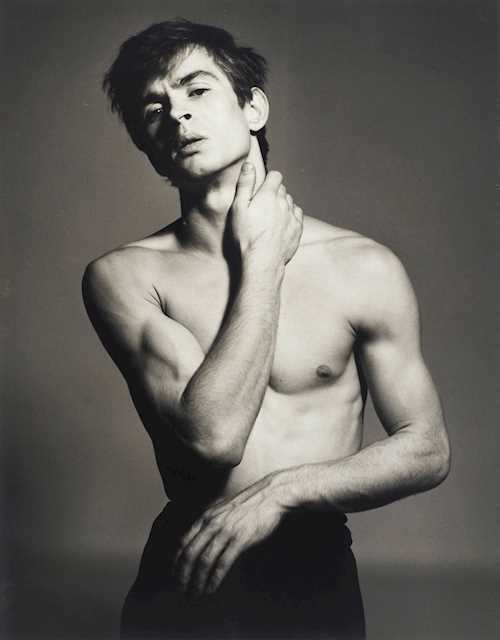
Rudolf Nureyev, 1962
The Soviet-born ballet dancer and choreographer is regarded as the pre-eminent male ballet dancer of the 20th century. In 1961, he defected to the West after a Kirov Ballet performance in Paris and instantly became a “cause célèbre,” known for his technical brilliance, particularly in his performance of Swan Lake in 1964. His lavish personal life added to his bravado.
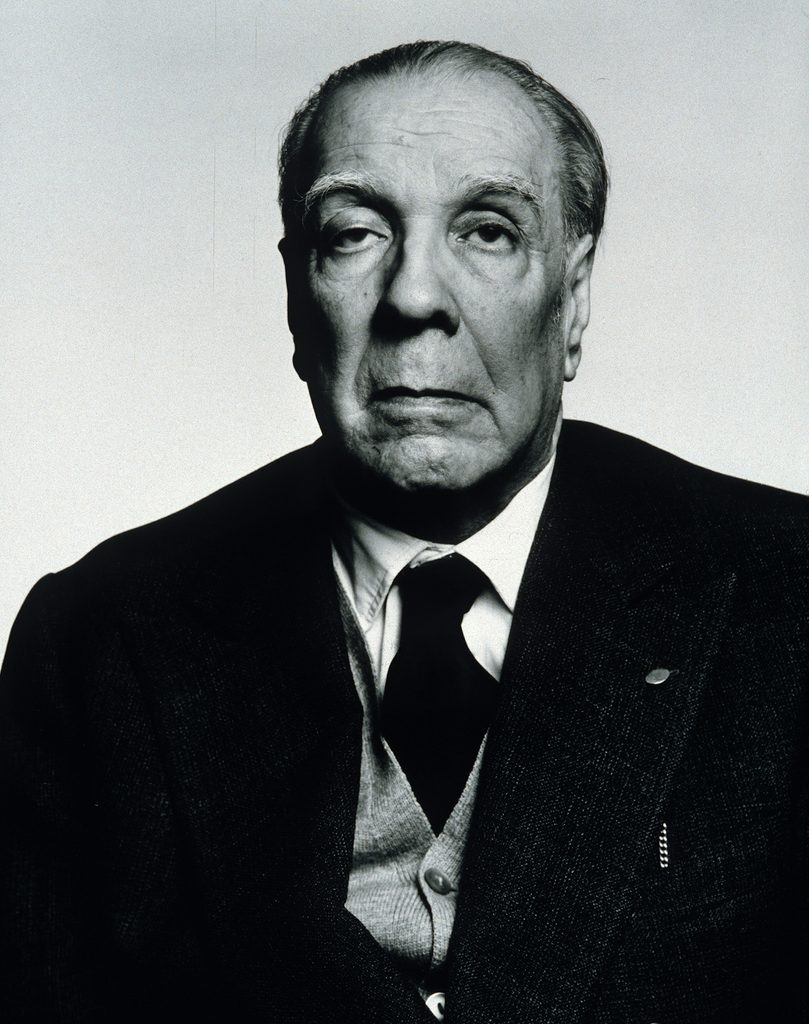
Jorge Luis Borges, Buenos Aires, 1975
The Argentine poet, essayist, and short-story writer whose notable works include Dream Tigers became one of the literary giants of the 20th century, though he eventually suffered from total blindness. When General Perón was deposed in 1955, Borges became director of the National Library, along with an honorary position at the University of Buenos Aires. Richard Avedon personally flew to Buenos Aires for a special photographic sitting with the celebrated blind poet, and he would later recount that his portrait of Borges turned out to be stillborn—a death mask.
QuickFx
I Lost It at the Movies: Five of the Most Significant Films of the 1960s
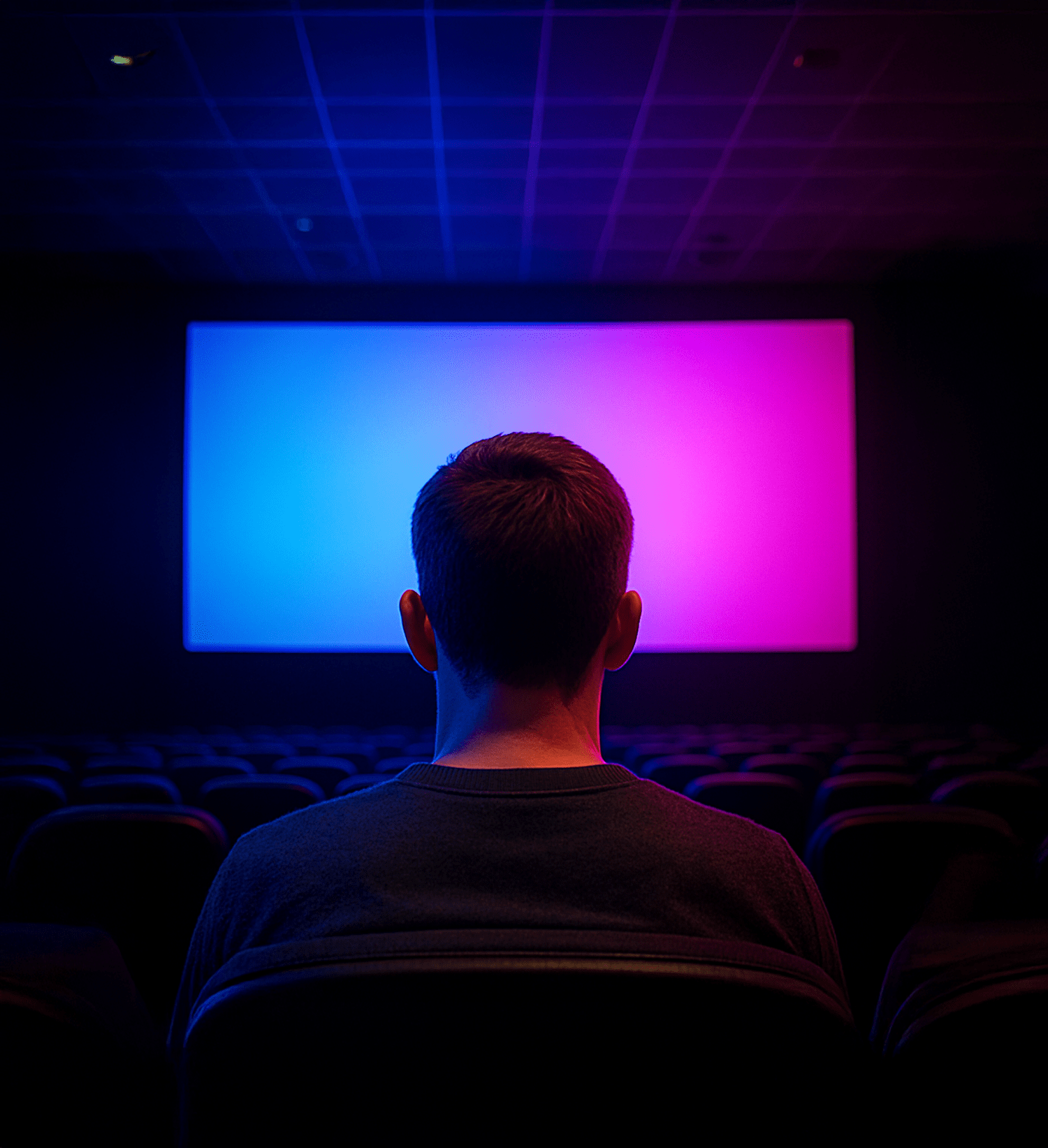
by Jing Ramos
The title of this article is a reference to the erstwhile film critic Pauline Kael, who wrote essays for The New Yorker. Ms. Kael enhanced my interest in film culture, turning me into a self-avowed cinephile through her articles.
Cinema in the 1960s was characterized by the pervasive growth of youth culture and shifting societal expectations. Filmmaking techniques evolved with a novel sense of trial and experimentation in visual style.
Movies captured the era’s spirit, documented the counterculture, and propelled narrative and technical boundaries. It became a platform that defined a generation’s identity and confronted public issues of the time.
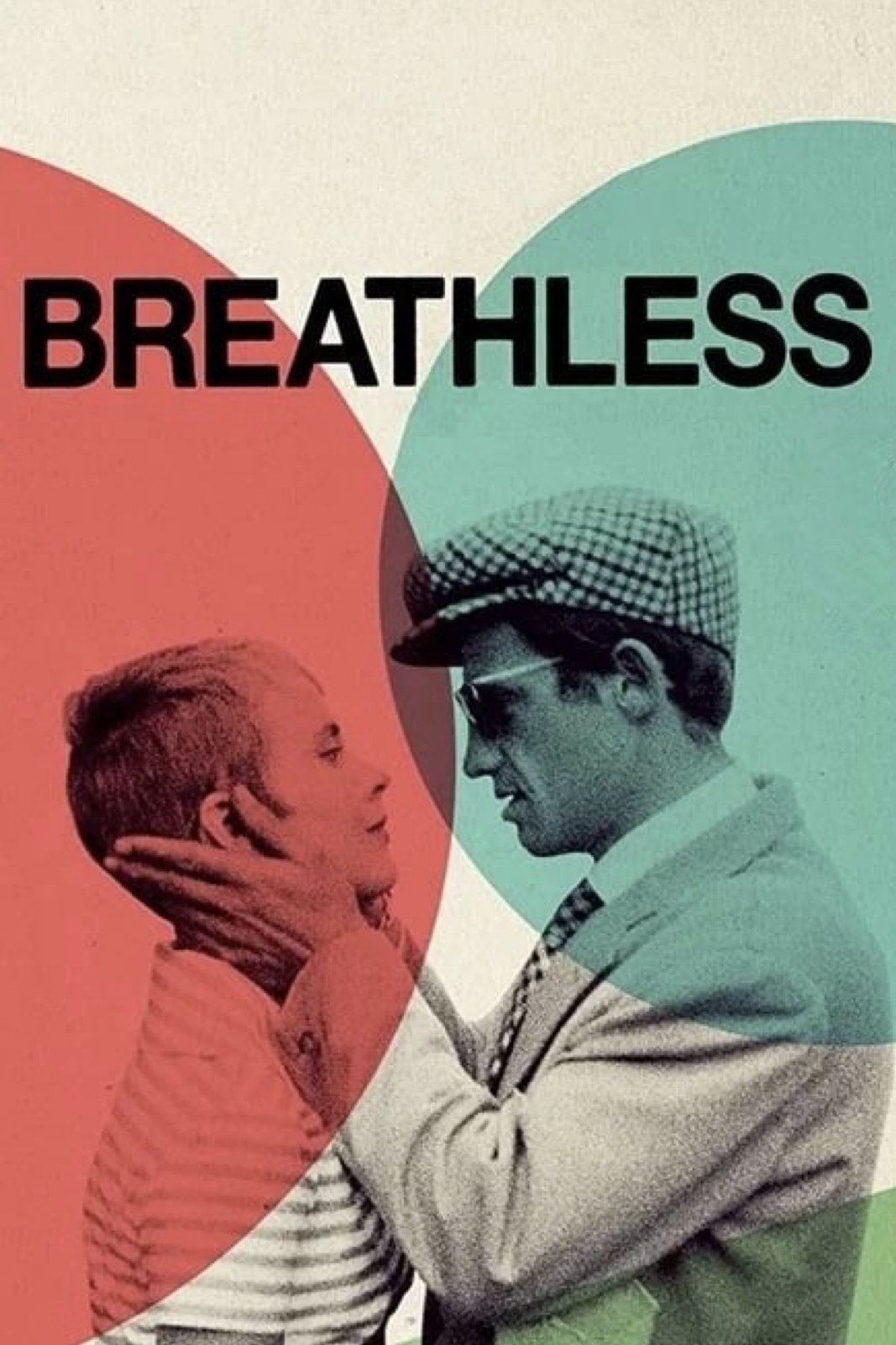
1. Jean Seberg and Jean-Paul Belmondo in Breathless
Jean-Luc Godard’s Breathless attracted global attention for its bold visual style, which included the unconventional use of jump cuts that broke traditional editing rules. The stylistic approach combined themes of alienation and existential freedom. The film became a touchstone for the French New Wave movement and remains as cool now as it was upon its first release.
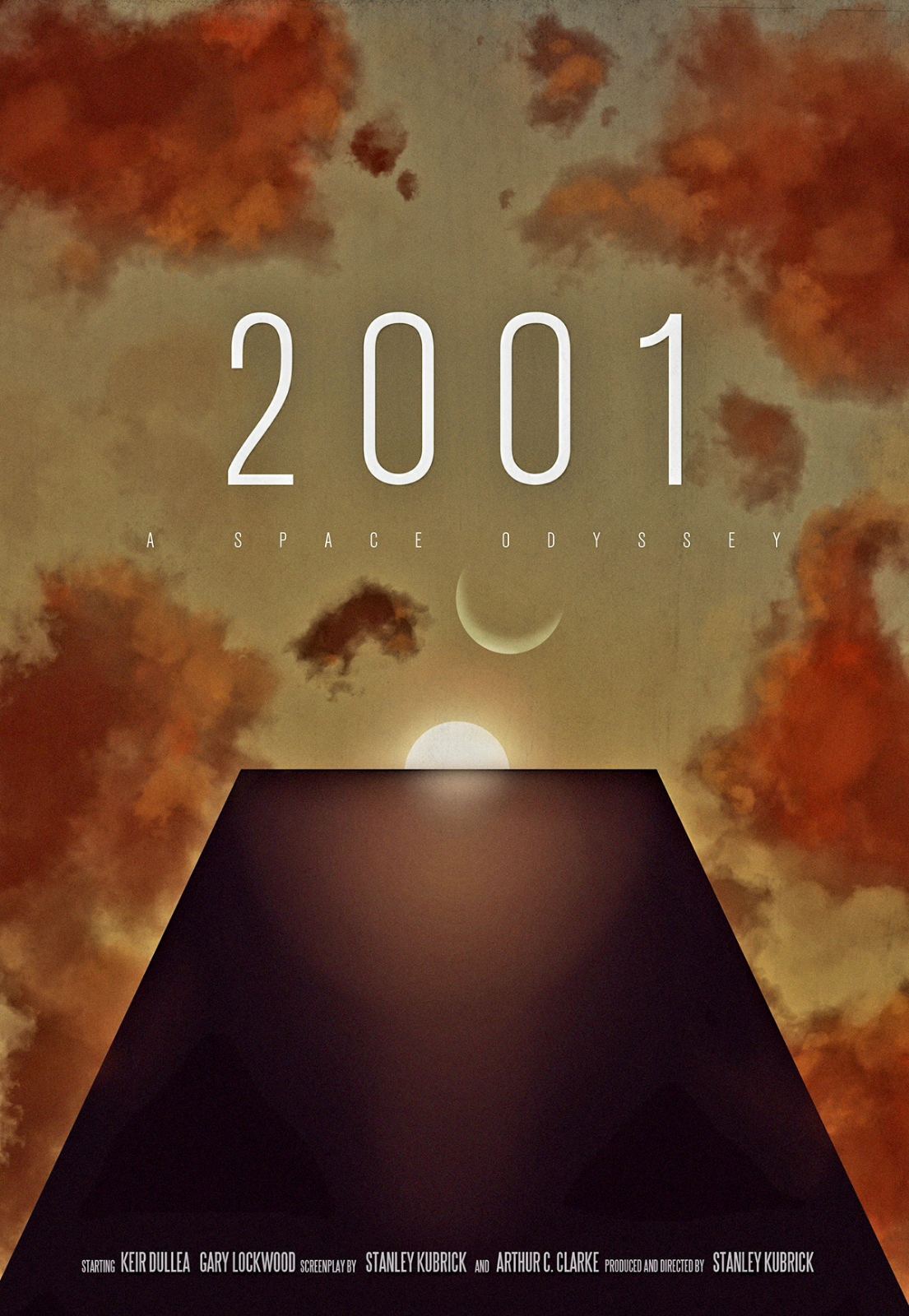
2. Stanley Kubrick’s 2001: A Space Odyssey
2001: A Space Odyssey was credited with having a profound influence on the science-fiction genre. Stanley Kubrick’s film, with its ambiguous, non-linear story and minimal dialogue, encouraged free interpretation of its narrative. It also established a realistic vision of space technology while questioning the validity of advanced artificial intelligence.
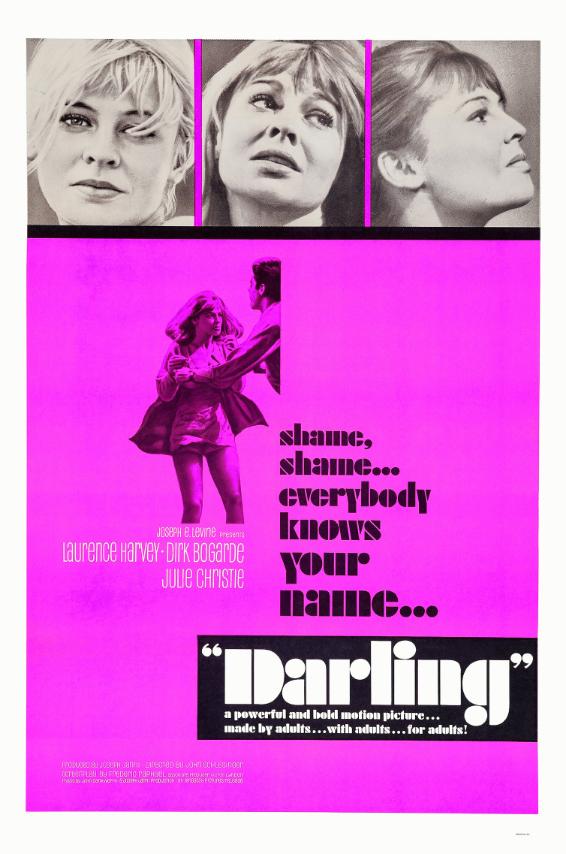
3. John Schlesinger’s Darling
Julie Christie’s role as a shallow social climber was likened to the Becky Sharp character in William Thackeray’s classic Vanity Fair. Director John Schlesinger’s version of this engaging story showcased a cynical portrait of the superficiality and ambition of London’s fashion and celebrity scene in the 1960s. The film also won an Oscar for Julie Christie as Best Actress in 1966.
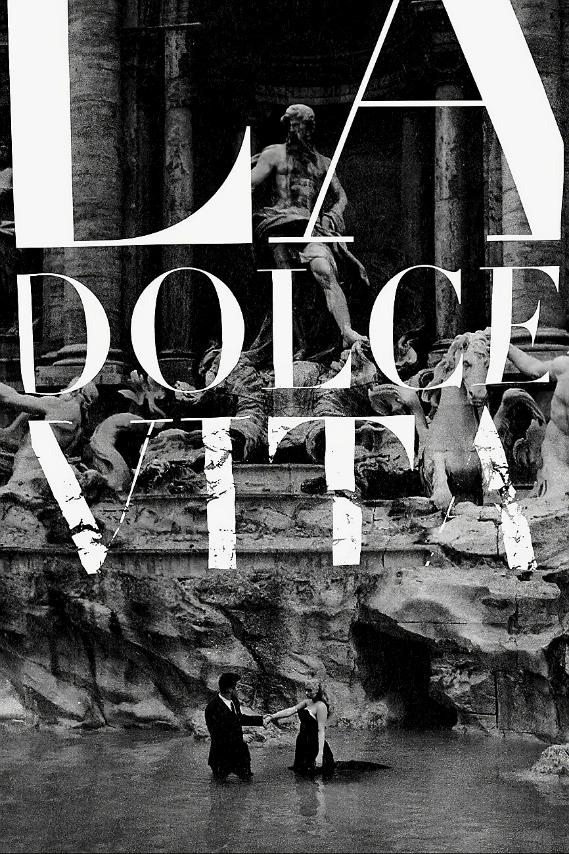
4. Marcello Mastroianni and Anita Ekberg in Fellini’s La Dolce Vita
Federico Fellini’s La Dolce Vita introduced a fragmented structure, shifting from Italian neorealism to a more subjective aesthetic hailed as a masterpiece of post-war cinema. The film’s title became synonymous with a certain kind of glamorous and hedonistic lifestyle often pursued by the paparazzi.
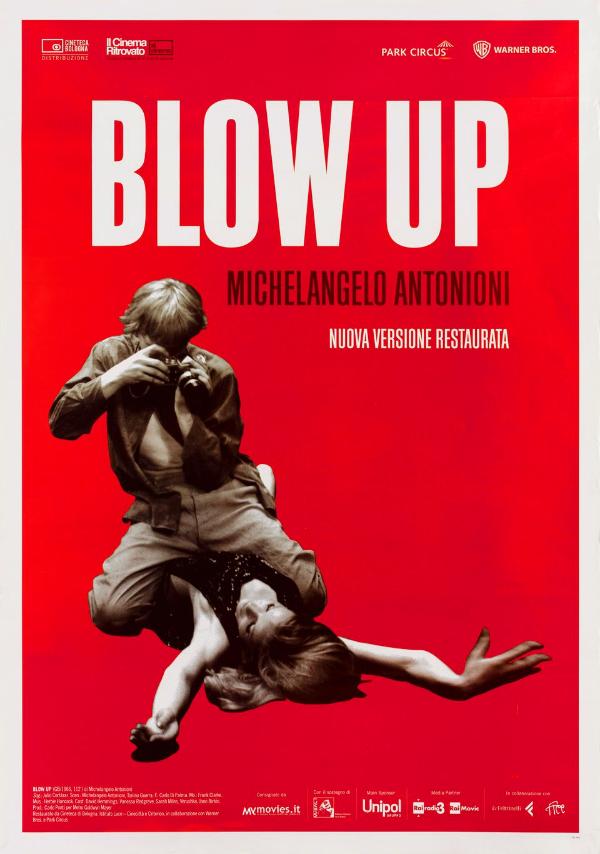
5. David Hemmings and Veruschka in Blow-Up
Michelangelo Antonioni’s Blow-Up disregarded conventional plot structure, creating a psychological thriller that explored themes of perception and reality. The film famously provided a cultural document of London in the swinging ’60s, capturing its vibrant social and artistic milieu—particularly its fashion and youth lifestyle. It also won the Palme d’Or at the 1967 Cannes Film Festival.
QuickFx
Modern Indian Cuisine; Gagan Sethi and Gwen Trott Spice Things Up at Goa Nights in Cebu
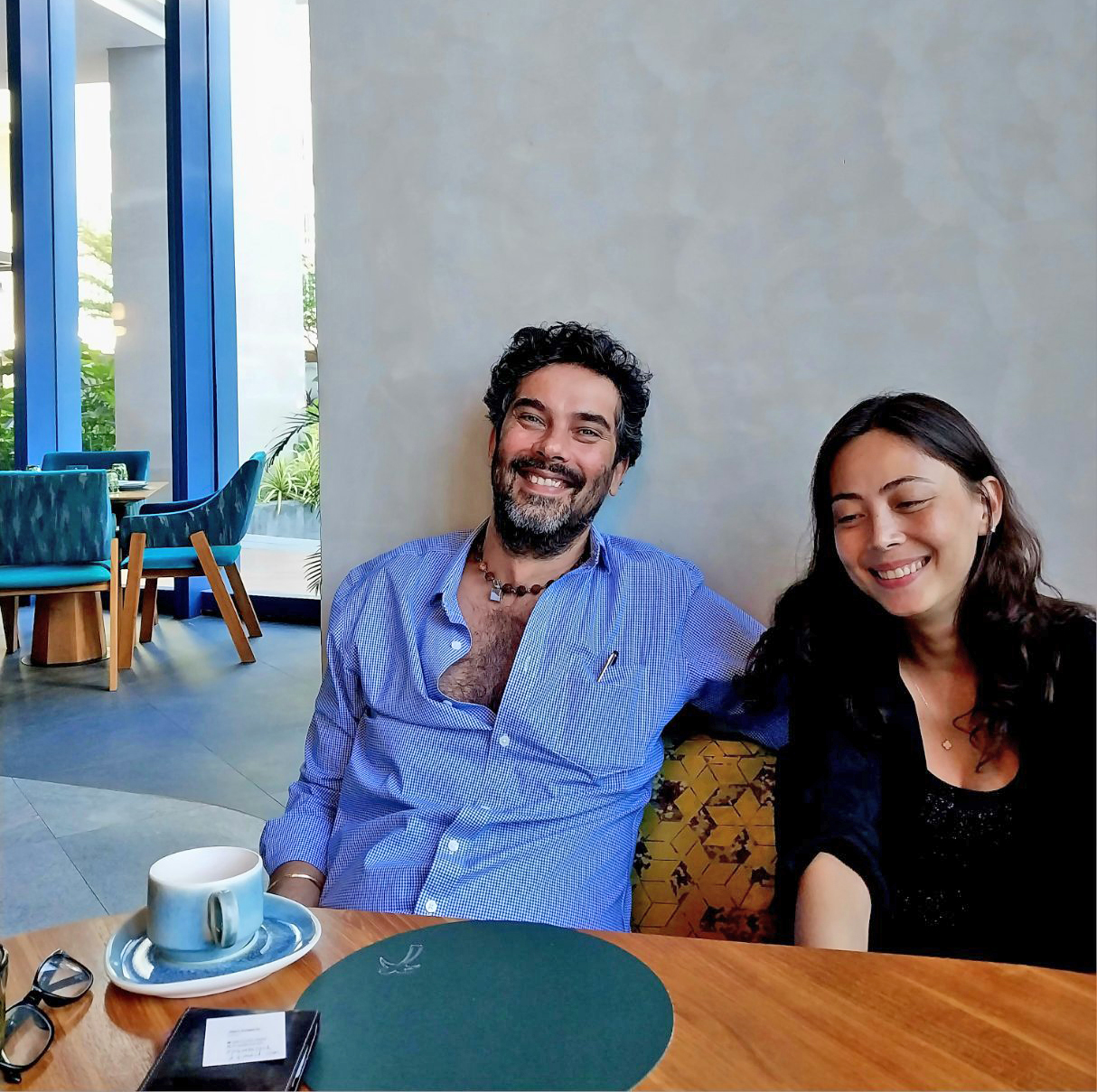
by Jing Ramos | photography Doro Barandino
Modern Indian cuisine is a departure from traditional Indian dishes through innovative techniques, elevated presentation, and inspiration from international flavors. This culinary movement shifts away from overly complex dining toward a more comfortable yet refined experience. It moves away from heavy cream-based sauces in favor of lighter, healthier options using local and seasonal ingredients. The process often involves deconstructing classic recipes and incorporating cultural diversity.
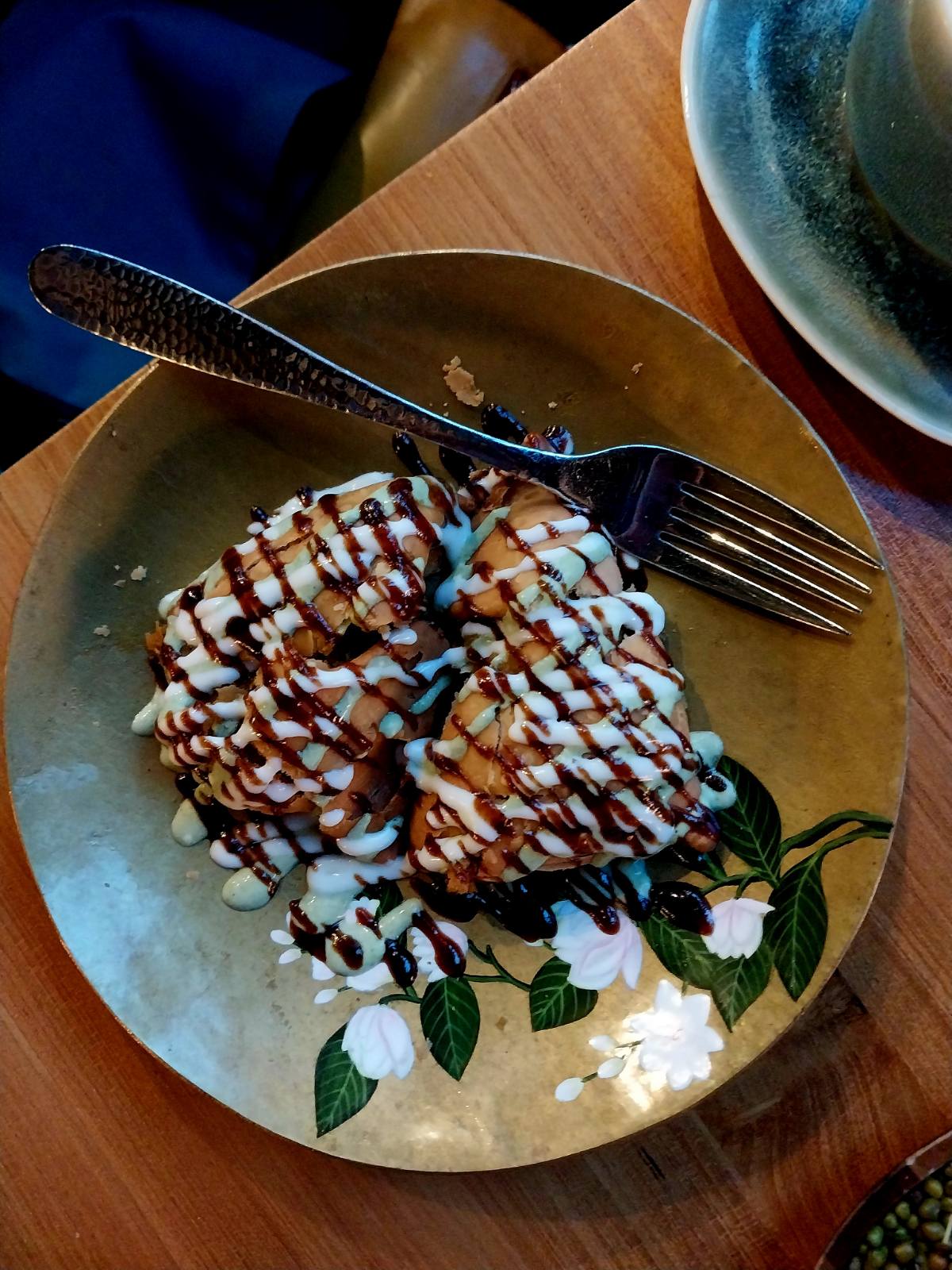
Smash samosas are influenced by traditional Indian street food served on lotus design plates.
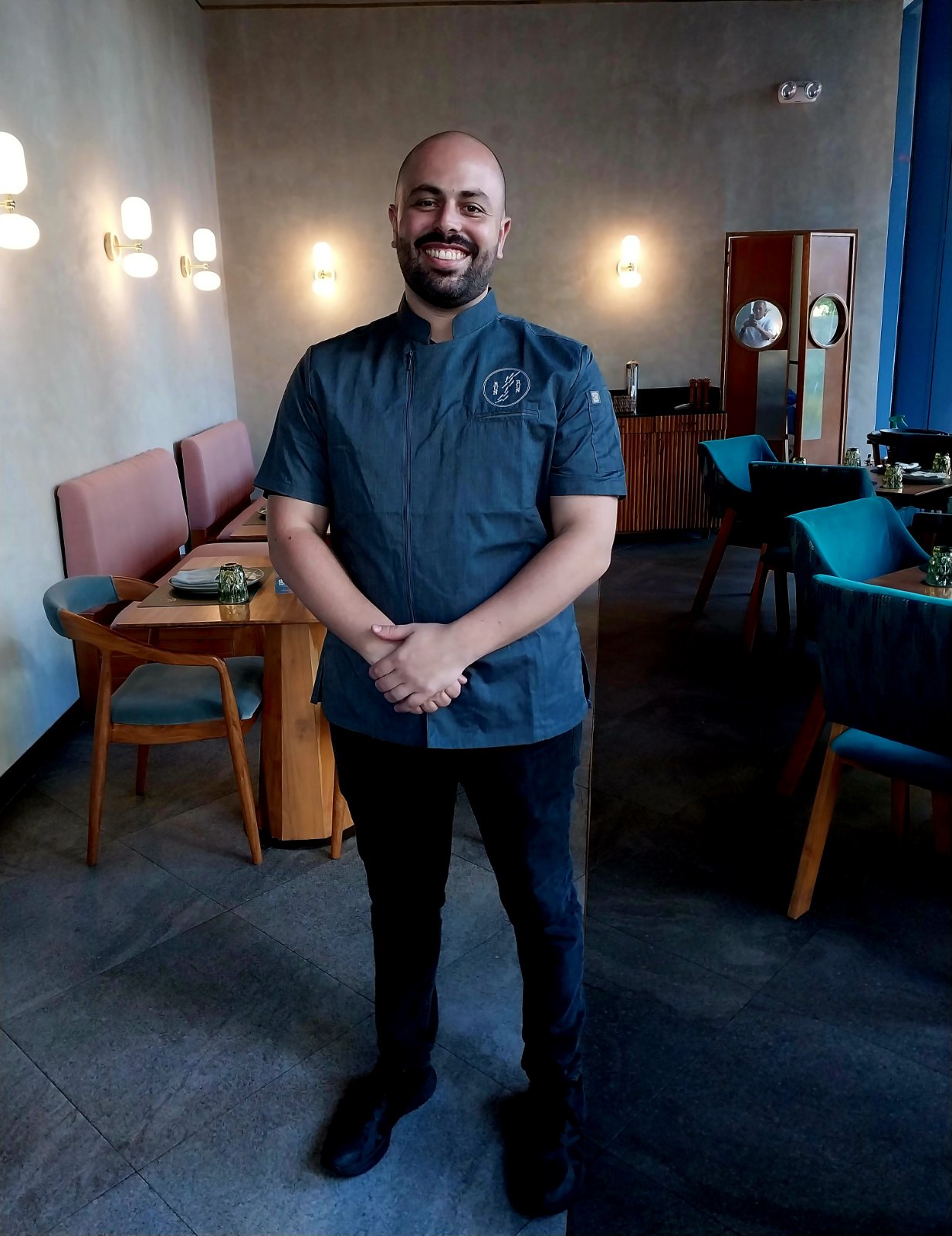
Executive chef Luis Cipriano created a modern Indian menu with clever and playful twists.
Goa Nights has its roots in Old Taipa Village in Macau, where it drew in both local residents and members of the expatriate community. Its prominent address became known as one of the area’s hottest cocktail bars, offering a uniquely hip and varied experience. When one hears of Goa, it typically conjures images of a laid-back beach destination with Portuguese colonial heritage—but Goa is, in fact, a culturally rich Indian state. This multicultural blend has fueled the brand’s expansion as a destination that celebrates the vibrant flavors of Goa.
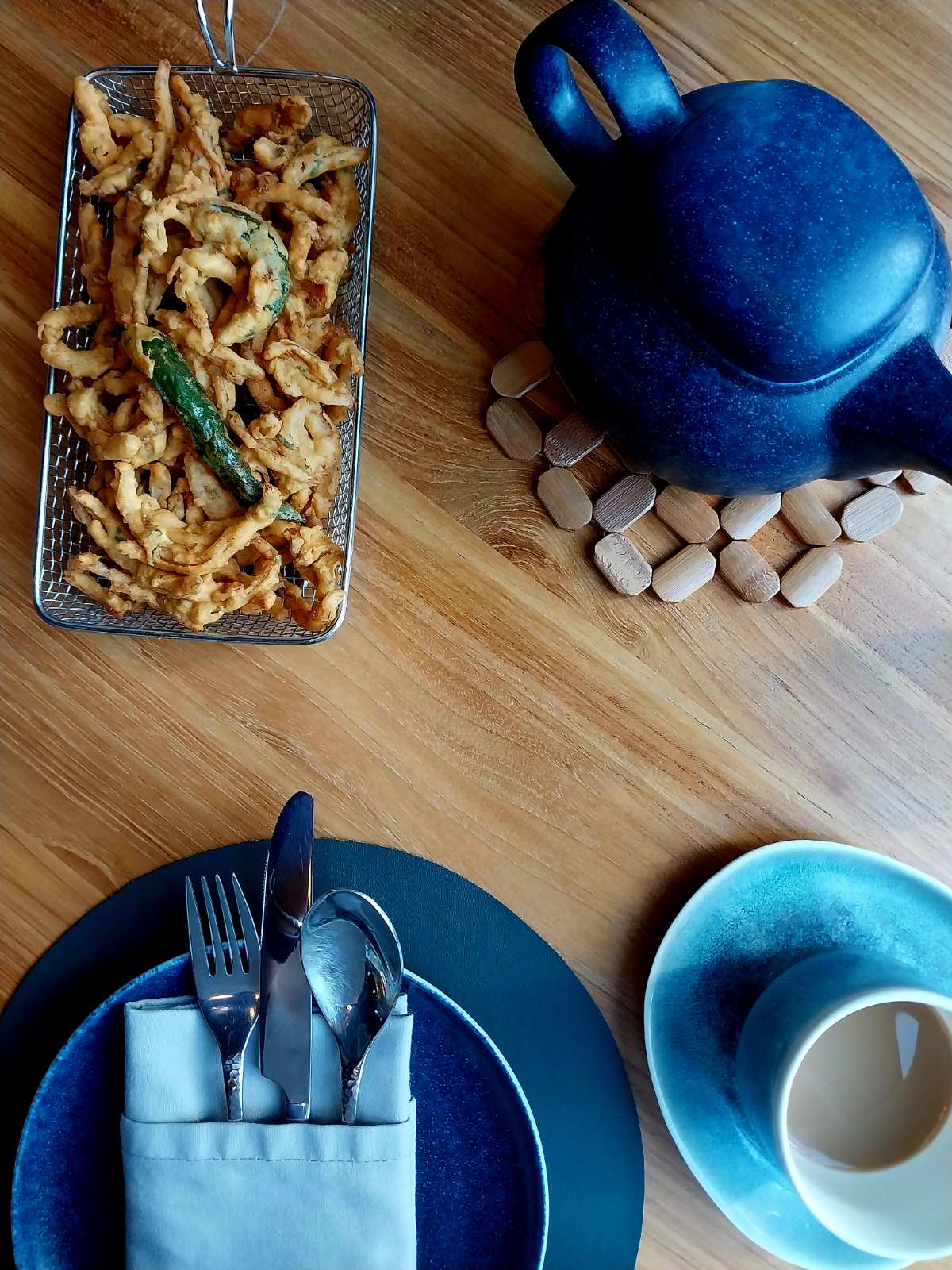
Onion and okra fritters pair perfectly well with chai masala served in blue ceramic teapot with tea cups and serving plates.
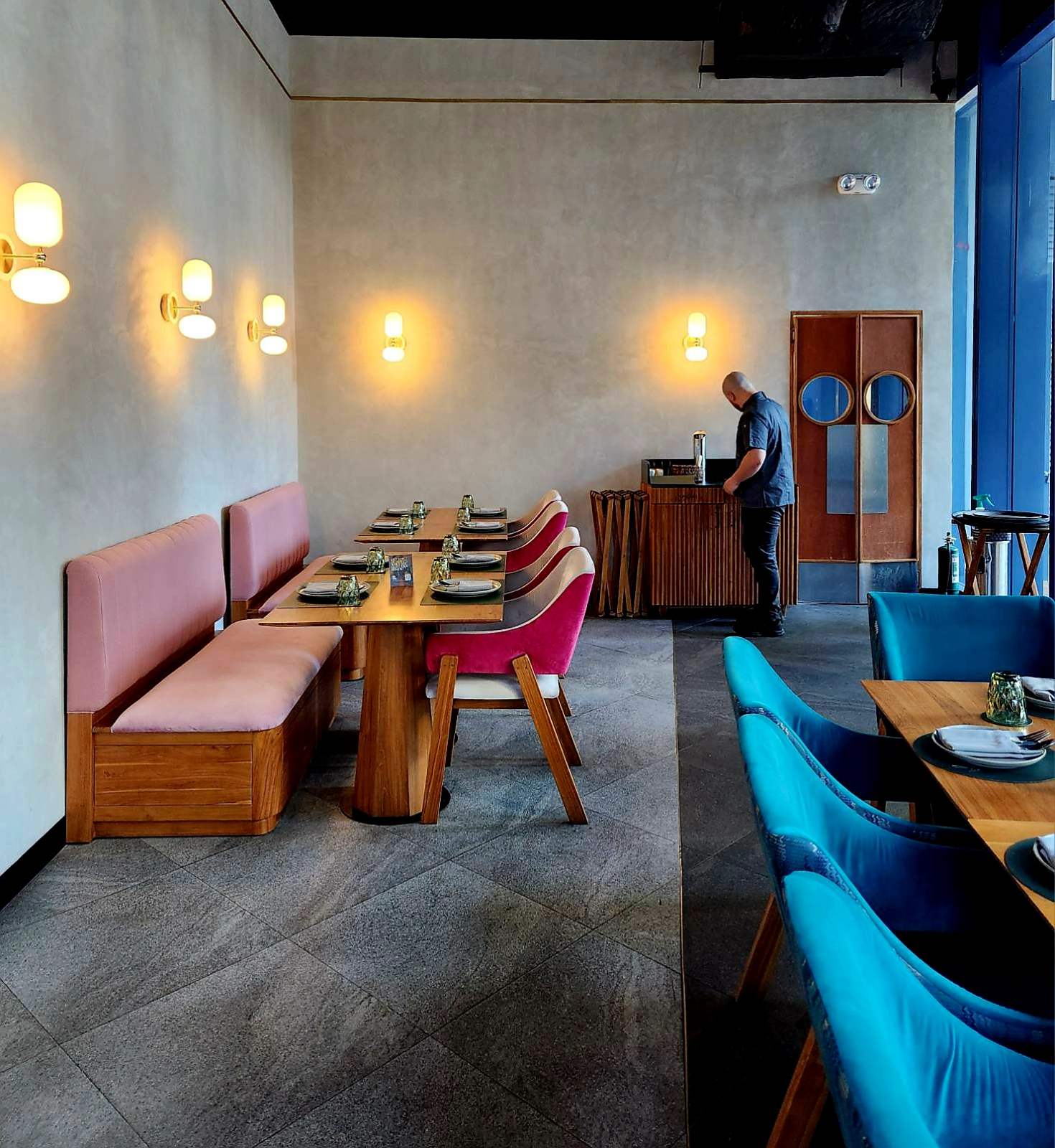
The interior design of Goa Nights borders on the minimalist with a striking use of contrasting color hues.
In February 2024, Goa Nights found a second home in Cebu, bringing the same dauntless spirit with its modern Indian dishes and curated cocktails. Owners Gagan Sethi and Gwen Trott set out to create a rarefied yet relaxed atmosphere, blending current twists on Indian gastronomy with distinctive beverage pairings.
The menu, created by Chef Luis Cipriano, finds its voice by shedding labels and categorizations. Instead, it embraces bold, creative, and globally influenced flavors. “We wanted to keep things fun and a little cheeky, so you’ll find playful twists and the unexpected. It’s still Indian cuisine—but reimagined, new, and highly unpredictable,” the executive chef explains. The food ethos focuses on new techniques and fresh interpretations for an upbeat vibe. Classics are still honored—like the popular set lunch thali, Indian street food bites, comforting favorites like chicken tikka masala, and more dishes from the tandoor—for a clever balance of tradition and innovation. The authenticity of each dish, rooted in its history and culture, transforms every plate into more than just food—it becomes a full experience.
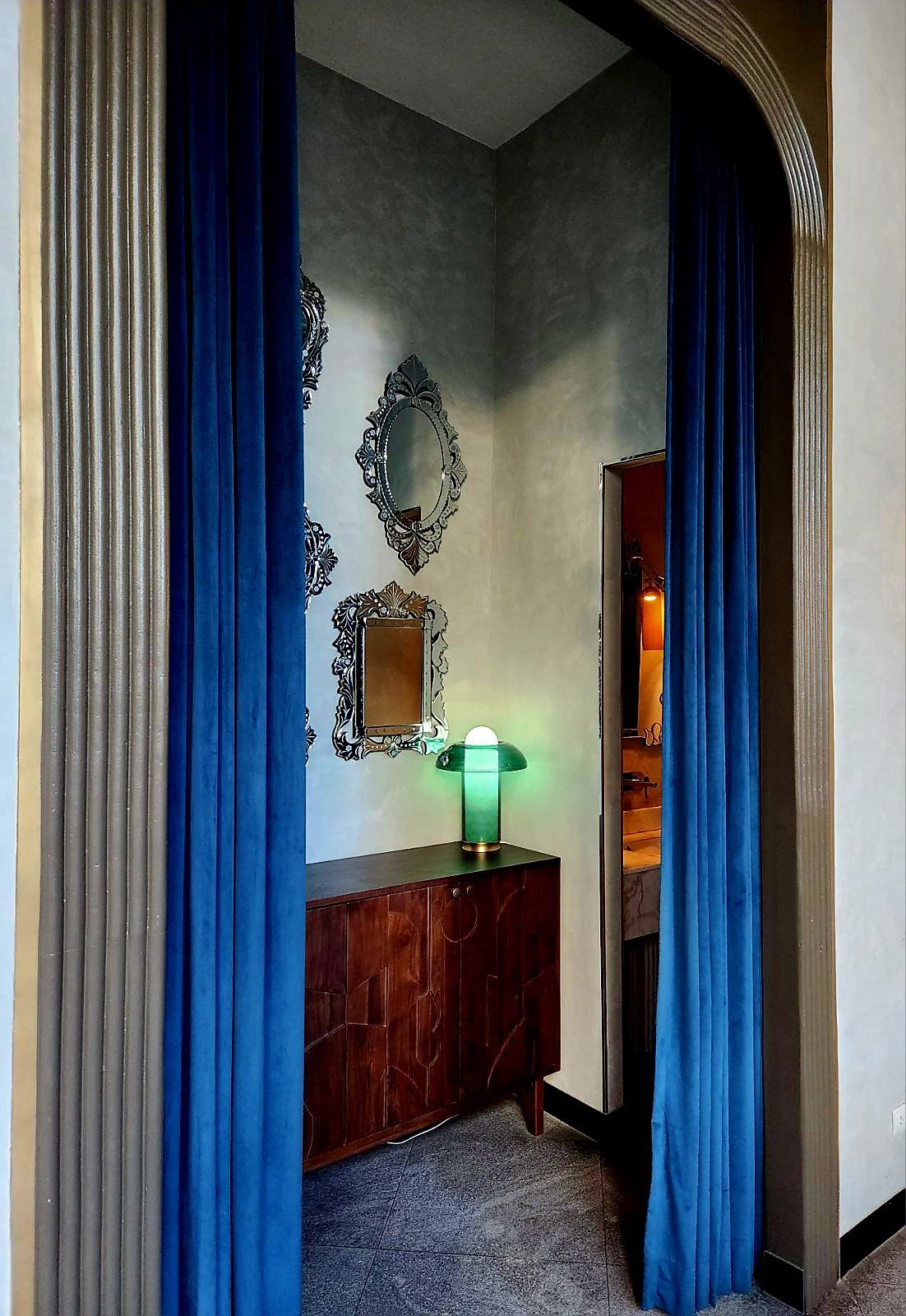
The tall ceiling allows a dramatic entrance to the powder room partitioned by linen damask drapes.
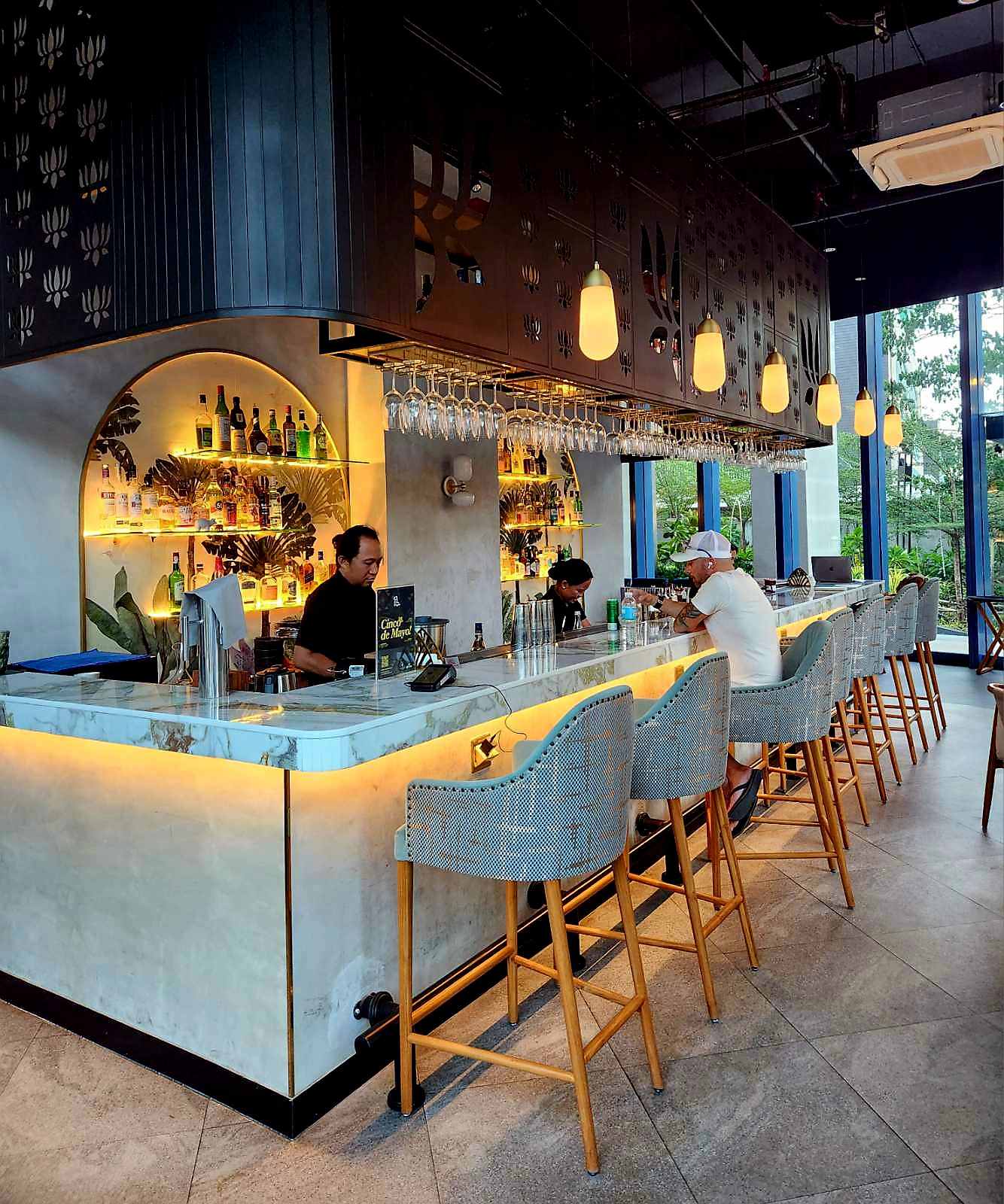
Curated cocktails are served on a well -stocked bar featuring a polished marble counter top.
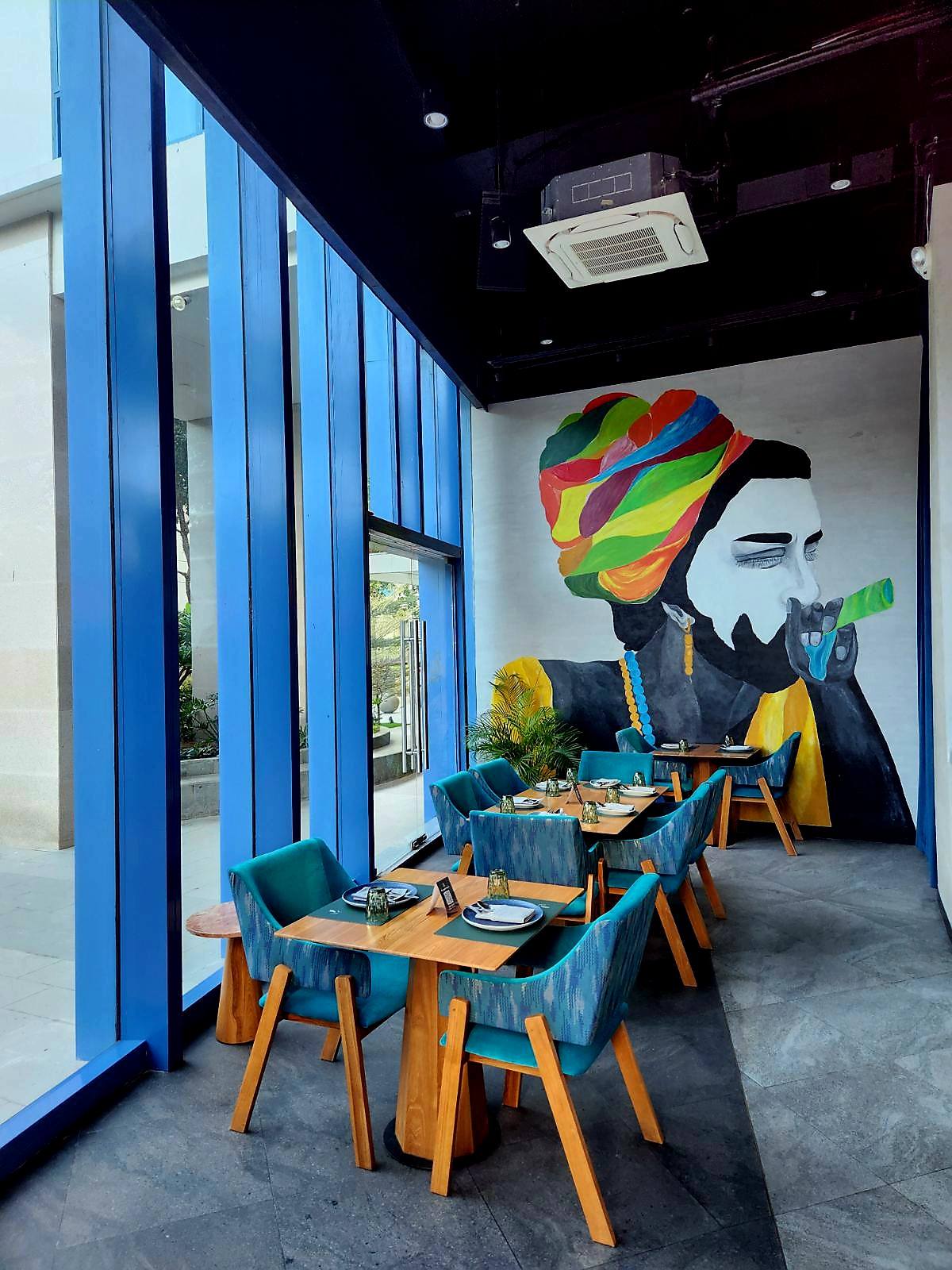
Modernist aesthetics showcase blue -upholstered dining chairs and veneered wooden tables against a visually charged mural.
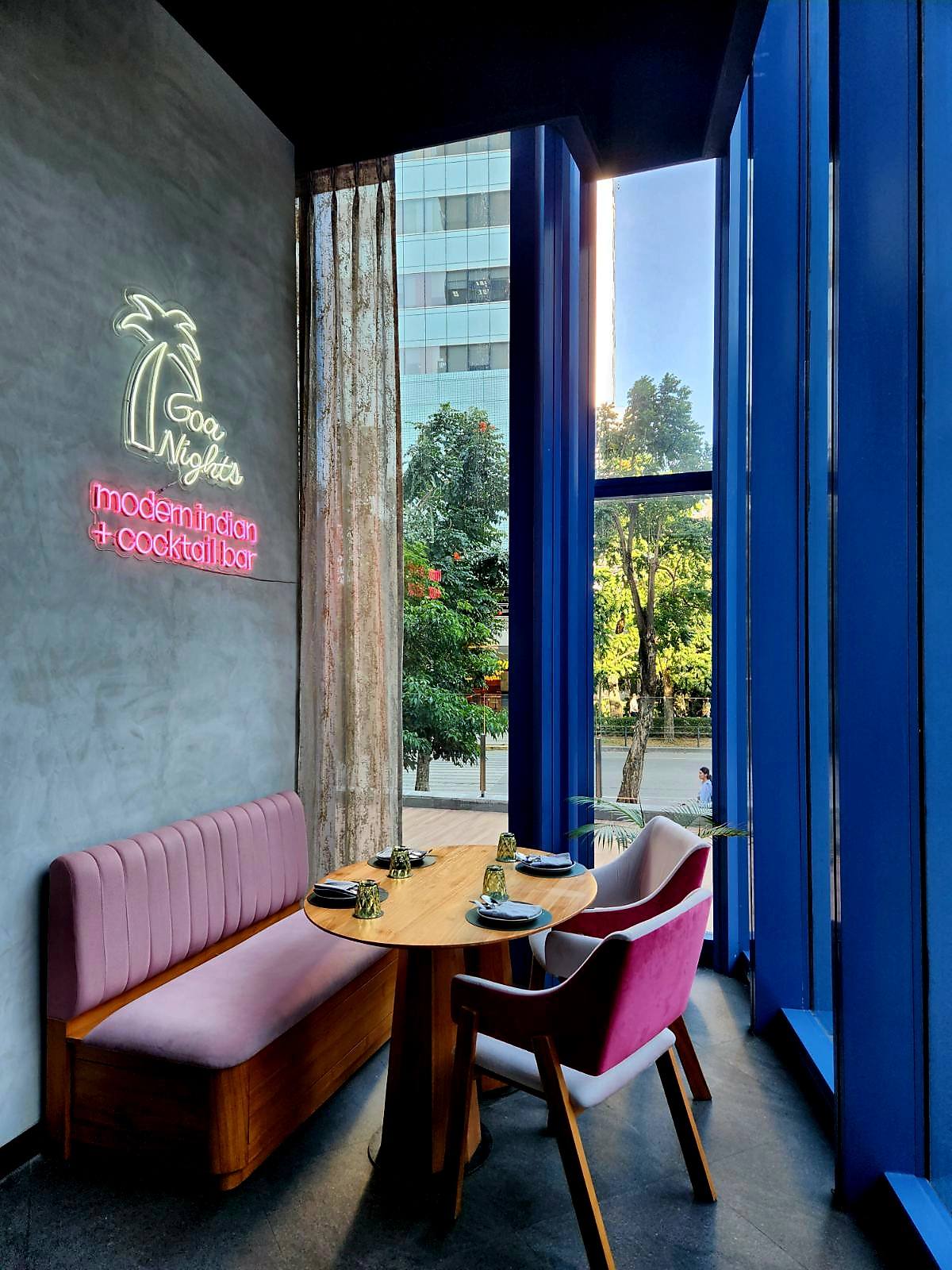
Blue colored steel beams support glass windows that afford street views from a pink colored banquette setting.
-

 Style2 months ago
Style2 months agoHappy Melendres Traipsing Around Manhattan in Non-Stop Armani
-
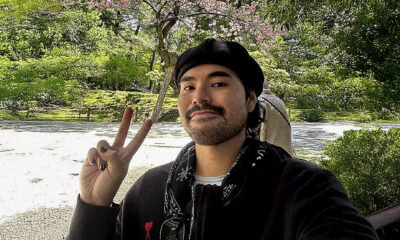
 Prime Target2 months ago
Prime Target2 months agoMiko Sarmiento: Turning Silk Scarves Into Works of Art
-
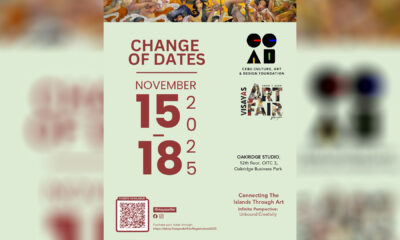
 Arts & Culture1 month ago
Arts & Culture1 month agoVisayas Art Fair Year 5: Infinite Perspectives, Unbound Creativity
-
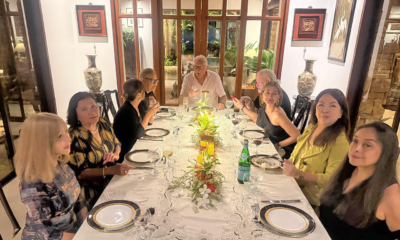
 The Scene3 months ago
The Scene3 months agoAnother Elegant Dinner at Chez Marguerite
-

 Prime Target3 months ago
Prime Target3 months agoLuna Vdl–Endless Summers in Siargao
-
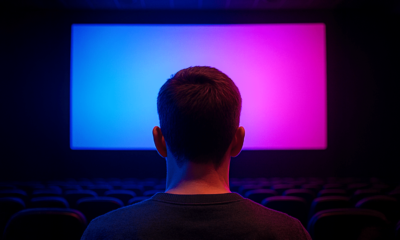
 QuickFx3 months ago
QuickFx3 months agoI Lost It at the Movies: Five of the Most Significant Films of the 1960s
-

 Travel1 month ago
Travel1 month agoAutumn in Istanbul: Fellow Travellers Share Turkish Delights
-

 The Scene4 weeks ago
The Scene4 weeks agoBe Fabulous: Dr. Fremont Base’s 50th Birthday Party Echoes the Disco-Glam Era


